The Power of Play: How Fitness Games Boost Focus, Confidence & Energy in Kids
Introduction to Fitness Games in Child Development
In today’s fast-paced digital world, children are spending more time on screens and less time engaging in physical play. This shift has sparked concern among educators and parents alike. Enter fitness games—a dynamic solution blending physical movement with fun and structured play. Tools like BoardGains are revolutionizing how we view learning, offering a fresh way to engage young minds and bodies.
By making exercise fun and interactive, fitness games serve as more than just a break from academics—they become a vital tool in boosting focus, building self-esteem, and igniting energy in children. Let's dive into the science and benefits behind this engaging method of education.
The Science Behind Play-Based Learning
Research consistently shows that play is essential for child development. When play involves movement, it lights up brain regions tied to memory, attention, and problem-solving. In fact, physical activity increases blood flow to the brain, releasing endorphins and strengthening neural connections—essentially preparing the brain for learning.
Fitness games like those offered by BoardGains provide structured, purposeful movement that aligns with cognitive growth. The combination of fun and physical challenge supports better learning outcomes compared to passive or sedentary activities.
Why Movement Matters: Physical Benefits of Fitness Games
Physical play isn’t just about burning energy—it’s a cornerstone of healthy development. Children involved in fitness games show improvements in:
- Motor skills: Games that require jumping, balancing, or quick reactions enhance coordination and fine motor control.
- Stamina and energy: Regular movement builds cardiovascular strength and helps kids stay energized throughout the day.
- Fighting sedentary habits: With increasing concerns about screen addiction, active play offers a welcome alternative.
BoardGains promotes a variety of movements, from jumping jacks to pushups, ensuring kids are constantly challenged in fresh and exciting ways.
Focus and Cognitive Development
Can a 5-minute game improve classroom focus? Absolutely. Studies show that short bursts of movement help regulate attention and reduce restlessness. Games that require listening, reacting, and following sequences also boost executive functions—skills like planning, memory, and impulse control.
When children participate in fitness-based play, they return to academic tasks with sharper focus and higher productivity. Teachers report fewer disruptions and more engaged learners.
Confidence Through Achievement
Fitness games encourage a sense of accomplishment without the pressure of traditional competition. Whether it’s completing a challenging move or leading a group activity, kids feel proud of their success. BoardGains incorporates positive messaging and rewards, helping kids set personal goals and achieve them.
This builds self-confidence, particularly for children who may struggle in academic or social areas. When success is measured by effort and participation, every child has the opportunity to shine.
Energy Regulation and Emotional Health
Physical movement isn't just for physical health—it’s crucial for emotional well-being too. Fitness games offer:
- Natural stress relief: Movement releases endorphins, the body’s natural mood boosters.
- Mood regulation: Structured play helps channel energy productively, preventing meltdowns or hyperactivity.
- Emotional balance: Repetitive motion and routine games offer comfort and predictability.
BoardGains can be a calming or energizing tool, depending on how it’s used—perfect for transitions, brain breaks, or wind-down routines.
Social Growth and Team Building
Games naturally bring kids together. Fitness play fosters:
- Cooperation: Many activities require teamwork and communication.
- Empathy: Players learn to take turns, encourage each other, and resolve conflicts.
- Healthy competition: BoardGains teaches kids to win and lose with grace—valuable life skills.
Social-emotional learning is a key part of classroom success, and fitness games help build those essential relationships.
Implementing Fitness Games in Classrooms
Teachers can incorporate fitness games with ease by:
- Scheduling movement breaks: Aim for a few 5-minute active breaks per day.
- Using them as transitions: Burn off excess energy between subjects.
- Creating a designated play space: Even a small corner can serve as a game zone.
Integrating Games into Home Routines
Fitness games aren't just for the classroom—they're powerful tools for family life too. When parents introduce fun movement-based activities at home, it reinforces healthy habits and deepens family bonds. Here’s how to make it work:
- Start a family challenge: Use BoardGains Board before dinner or during weekends. Who can finish as many laps as possible in 10 minutes.
- Designate “movement minutes”: Set aside 10-15 minutes daily for playful exercise.
- Encourage creativity: Let your kids invent their own moves or games using household items.
With consistency, these activities boost energy, build routine, and offer quality time away from screens.
Addressing Concerns and Misconceptions
Some adults worry that play might distract from learning. Others fear it will overstimulate kids or cause disruptions. But the evidence tells a different story:
- Short active breaks enhance learning, not hinder it.
- Well-structured games, like those offered by BoardGains, guide behavior rather than create chaos.
- Clear expectations and transitions help integrate play smoothly into routines.
By reframing play as a tool for learning, rather than a reward or distraction, we align movement with educational goals.
Research-Backed Results and Case Studies
Studies from the CDC and leading child development institutions confirm that active children perform better academically. Regular physical activity improves:
- Reading and math scores
- Behavior and classroom cooperation
- Emotional regulation and resilience
Case studies from schools using BoardGains report improved focus, fewer behavioral issues, and more enthusiastic participation from all students. Parents echo these results at home—more smiles, better moods, and happier routines.
FAQs About Fitness Games and BoardGains
1. What age group is BoardGains best suited for?
BoardGains offers adaptable versions for middle schoolers through high school. It’s designed to fit different developmental stages, with kids ages 5 and up playing with family.
2. How much time should be spent on fitness games each day?
Even just 10-15 minutes a day can significantly impact focus, energy, and mood. Use them in short bursts throughout the day.
3. Can BoardGains be used in small classrooms or homes with limited space?
Yes! The activities require minimal space and no equipment. They’re perfect for tight areas or indoor settings.
4. What if a child has limited mobility?
BoardGains includes modified movement suggestions to ensure inclusivity for all physical abilities.
5. How do I prevent kids from getting too wild or hyper?
Set clear boundaries and explain when and how games are used. Choose lower-energy cards for transitions or wind-down periods.
6. Do teachers need training to use fitness games?
Not at all! BoardGains is intuitive and comes with easy-to-follow guides.
Conclusion: Reimagining Education Through Movement
Incorporating fitness games into learning environments and home routines is more than just a trend—it’s a transformative approach to child development. With tools like BoardGains, we empower children to move with purpose, learn through action, and grow with confidence.
By embracing the power of play, we’re not just improving health—we're cultivating focus, building resilience, and nurturing joyful, engaged learners. It's time to make movement a core part of every child's day—because play isn’t a break from learning; it is learning.

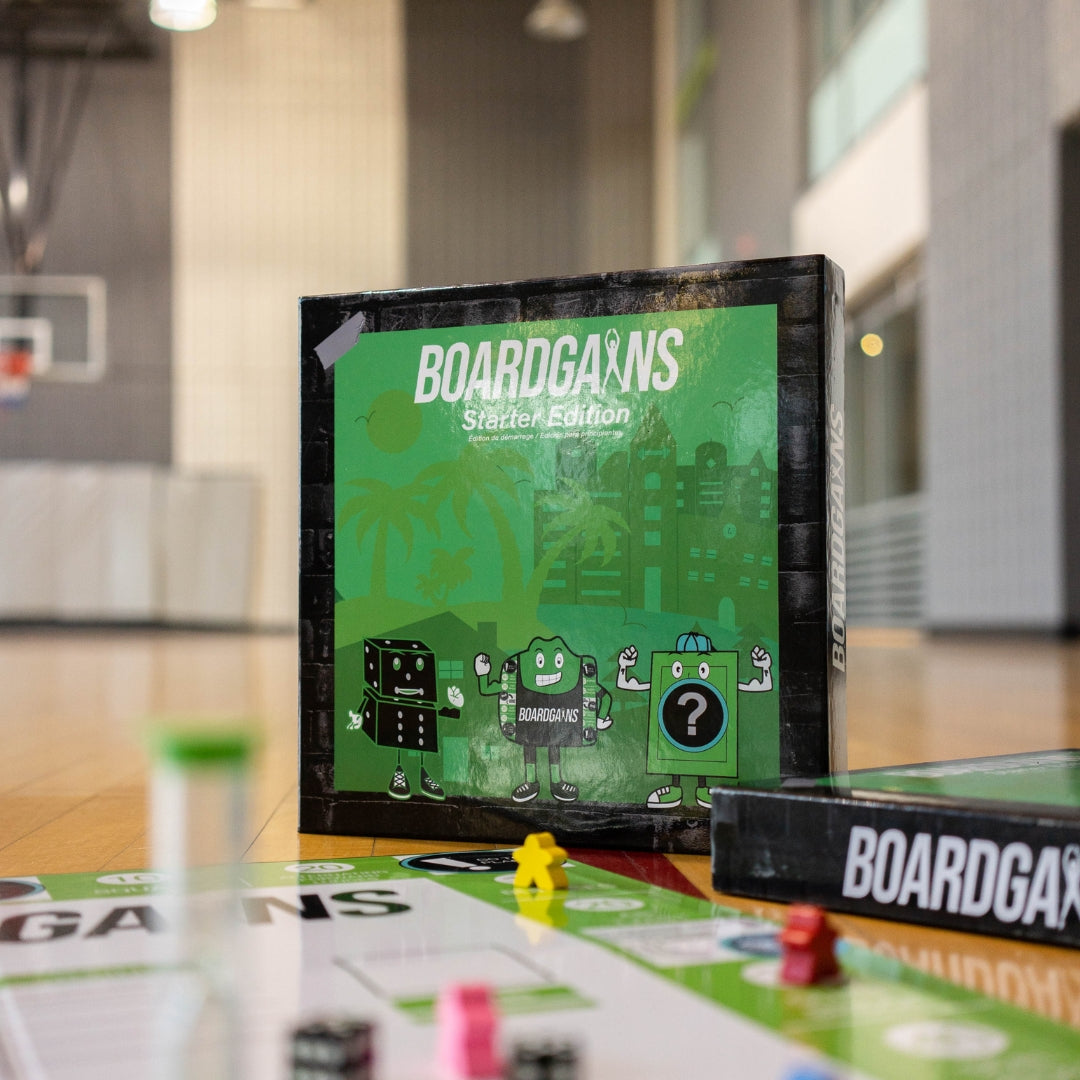
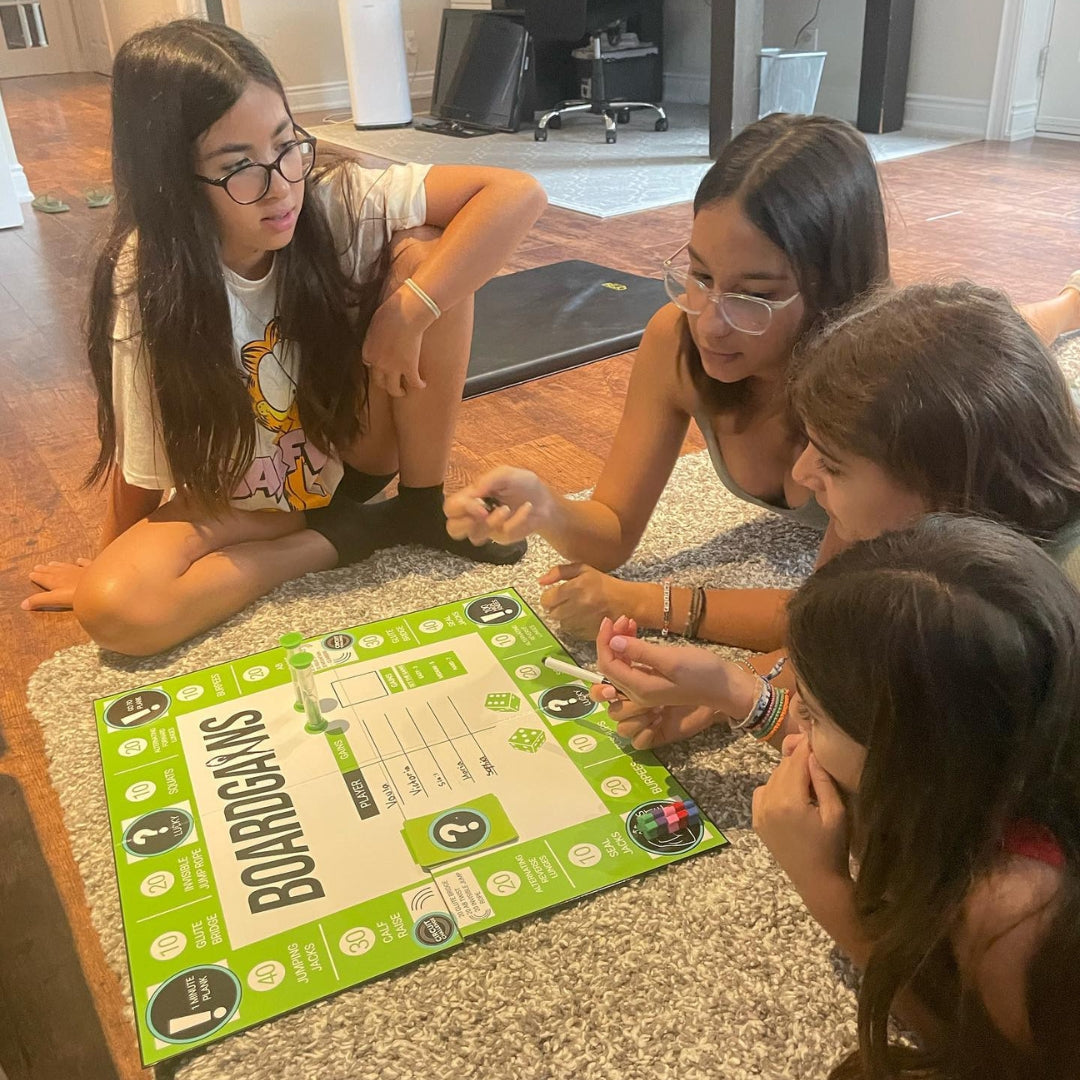


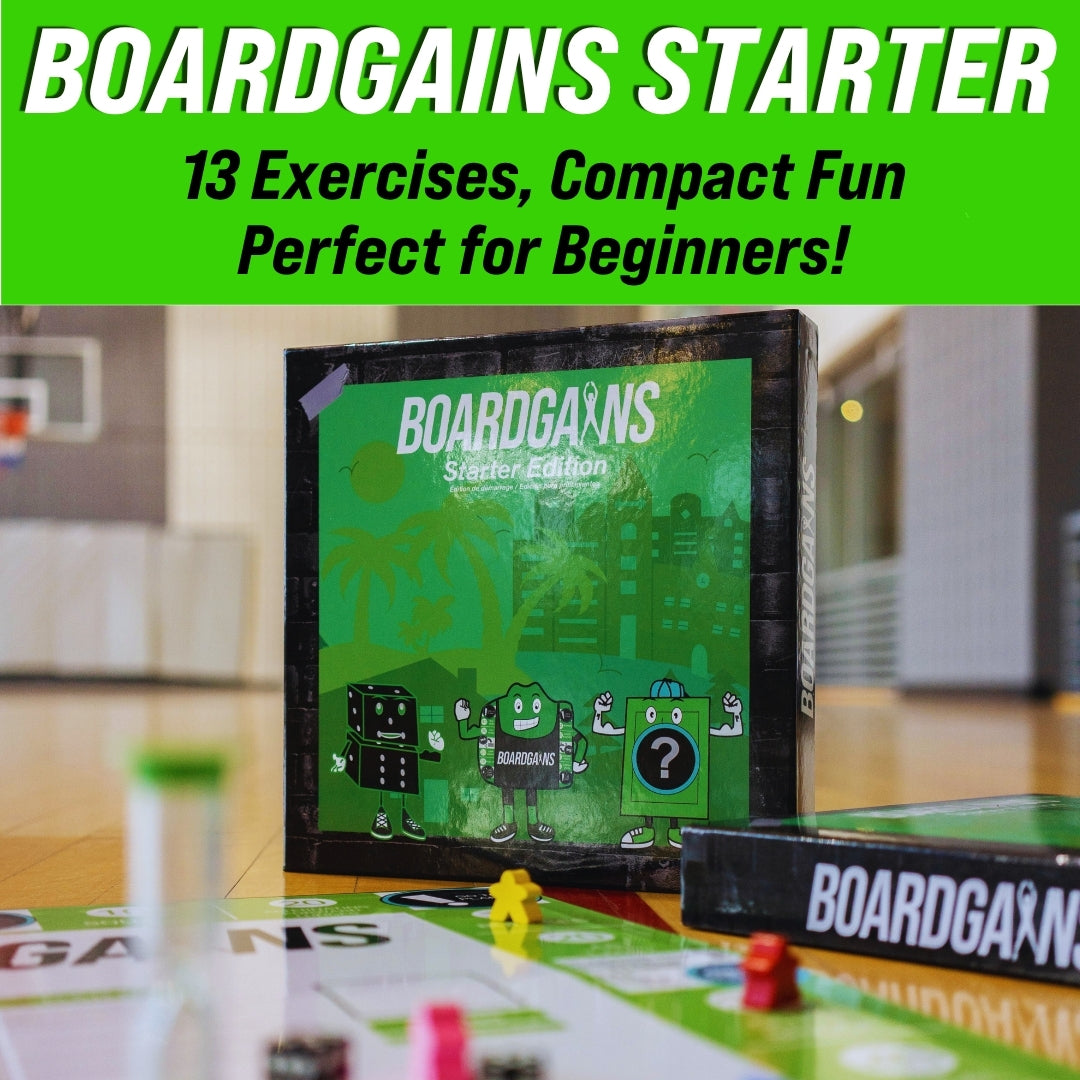
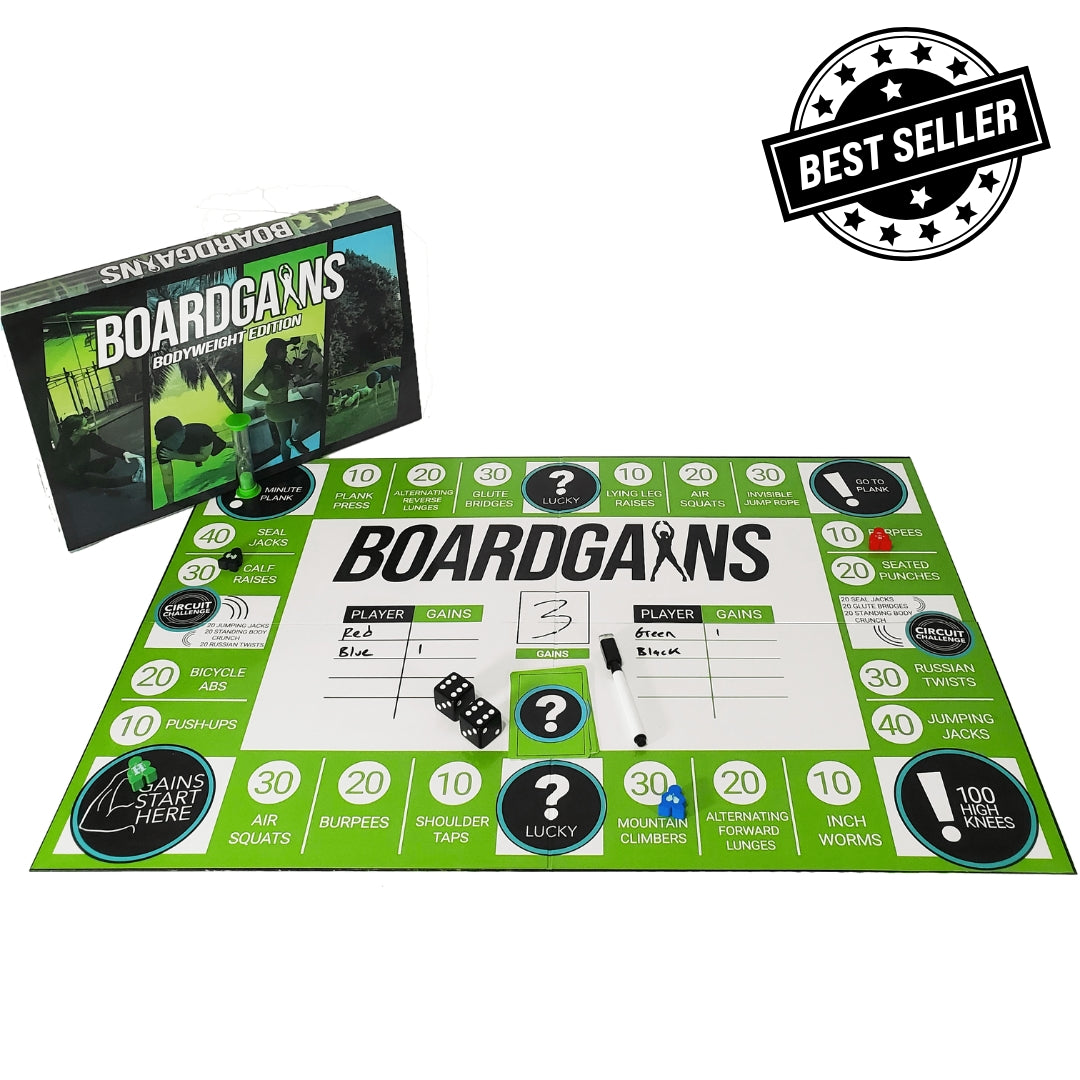

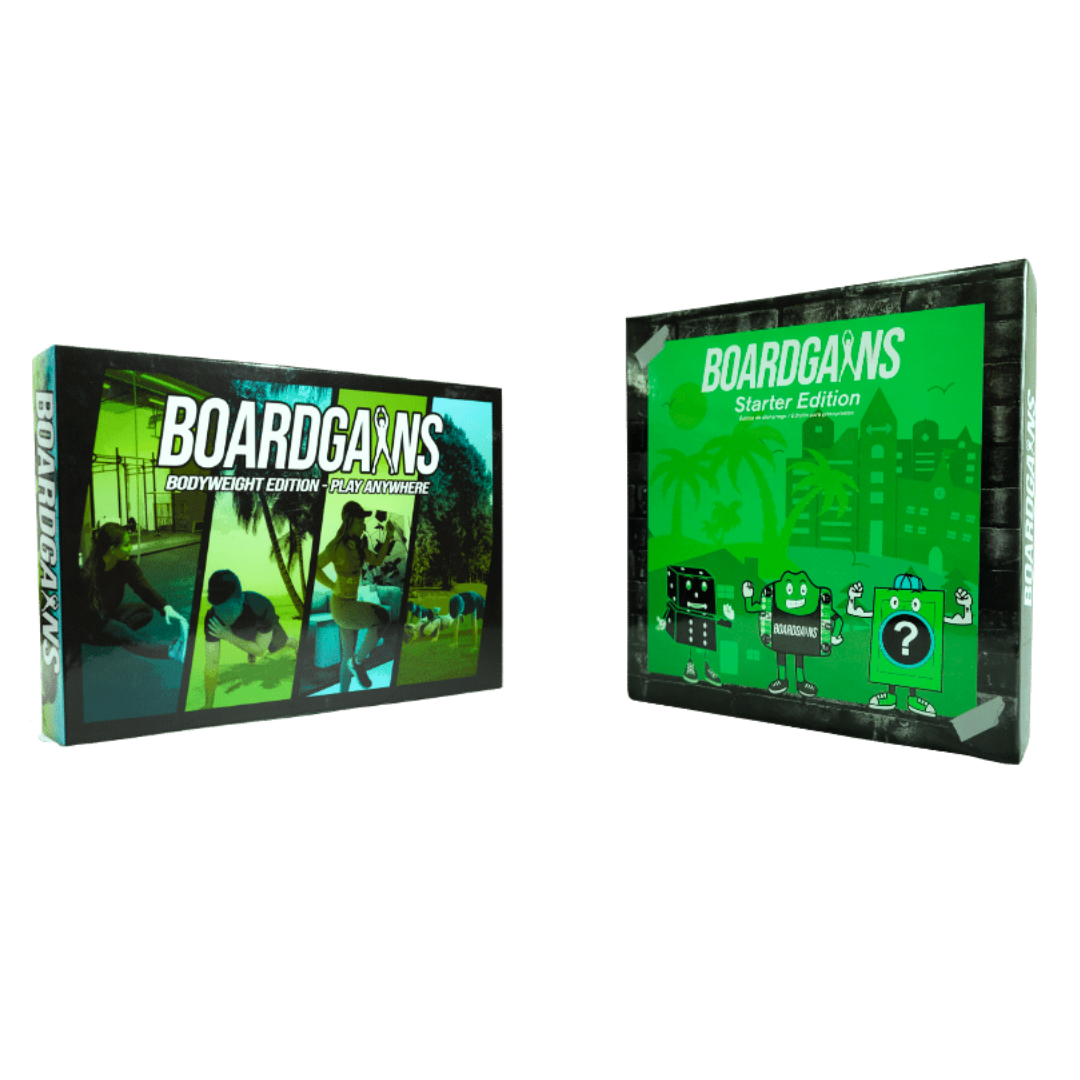
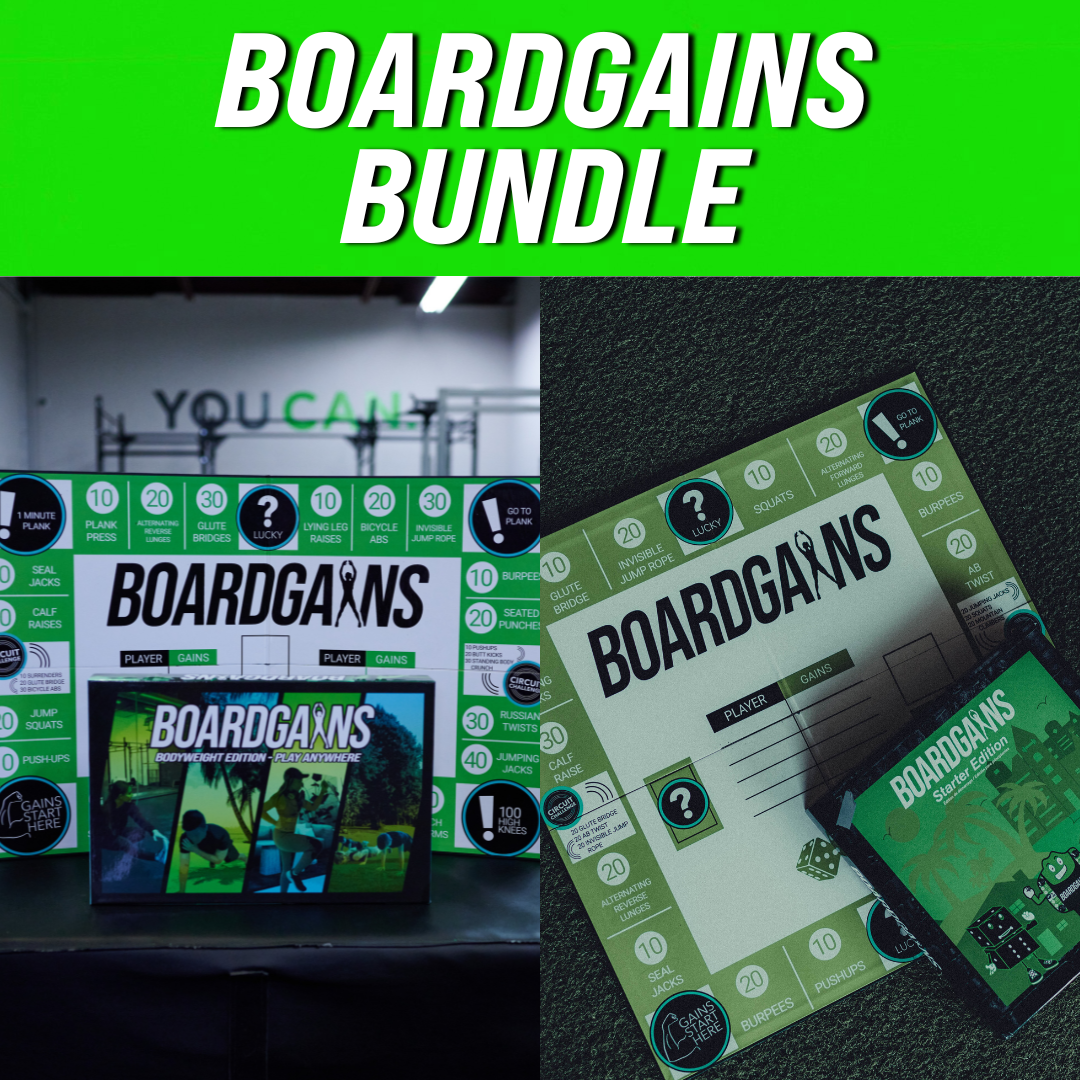
Leave a comment
This site is protected by hCaptcha and the hCaptcha Privacy Policy and Terms of Service apply.